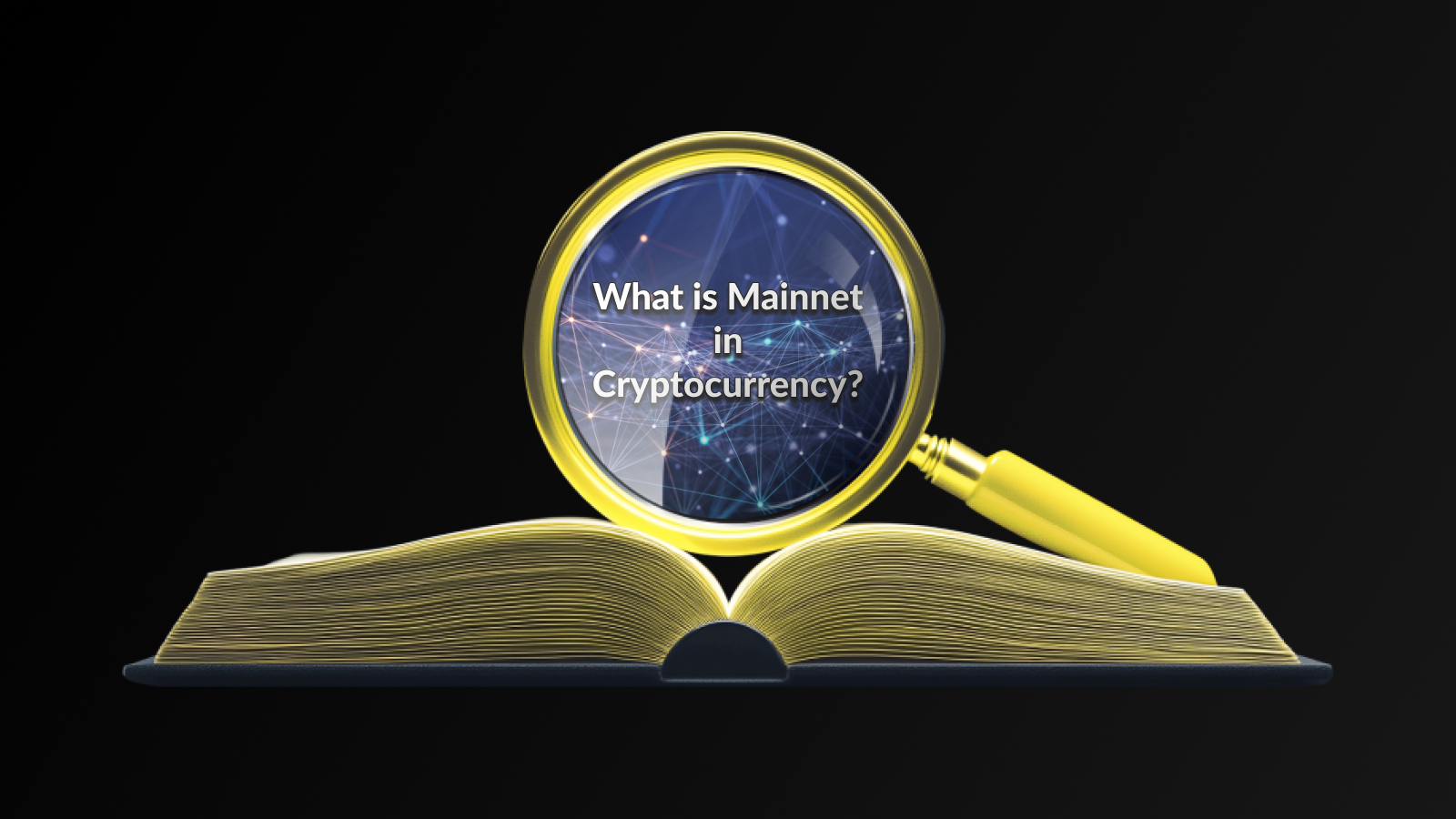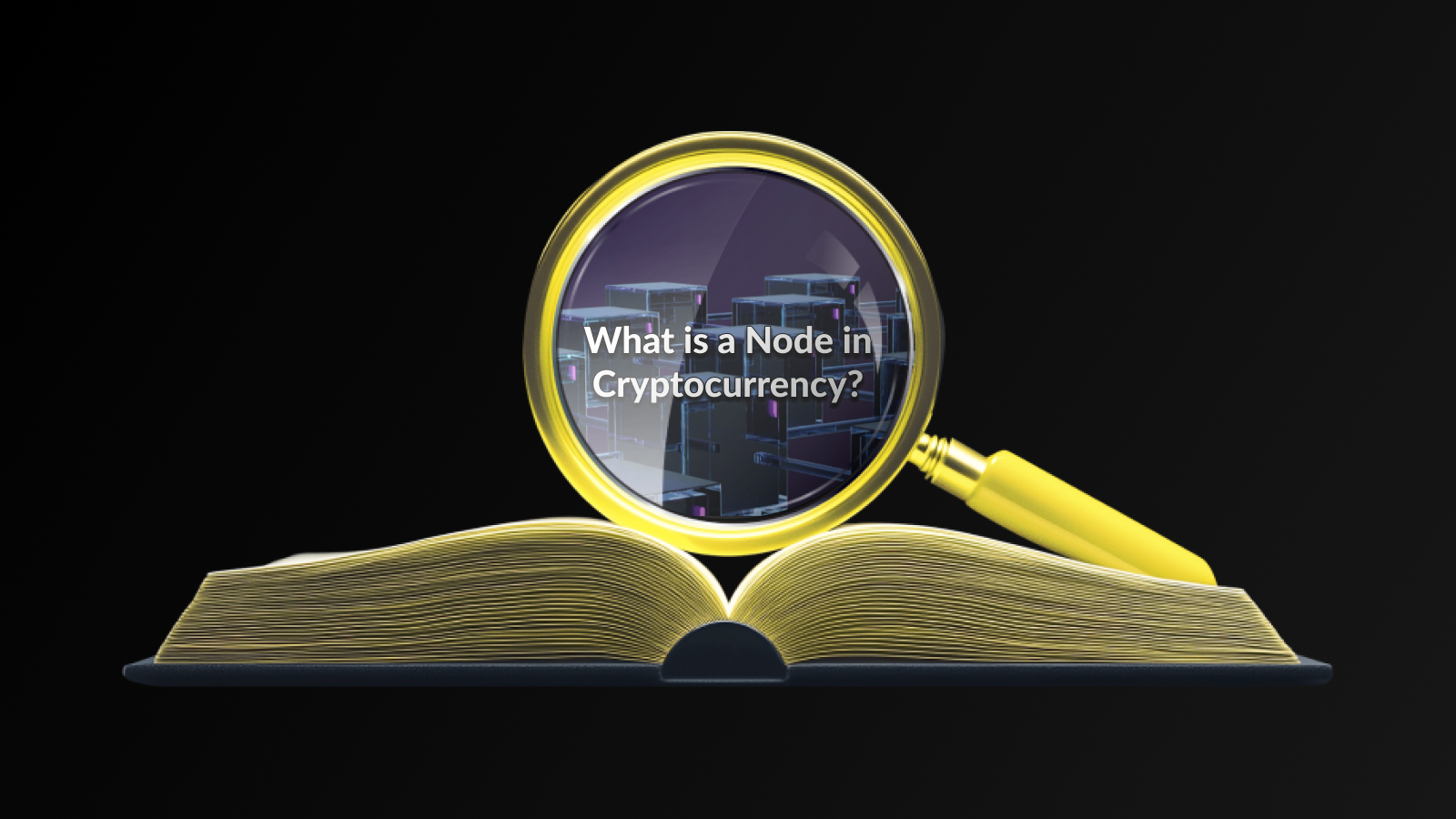Introduction
Explore the essentials of mainnets in cryptocurrency, including their workings, differences from testnets, and their significance in the crypto ecosystem.
The concept of Mainnet Blockchain relates to the operational aspect of cryptocurrencies, which is where real transactions take place. Unlike testnets, which are used for testing and development purposes, the mainnet is a fully implemented and functional version of the blockchain. Here, users can execute actual transactions, and developers can launch decentralized applications (dApps) that utilize the network’s consensus mechanism.
In a crypto network, the mainnet serves as the backbone of the entire ecosystem. It validates, processes, and stores all the transactional data. As projects transition from testnets to their mainnets, they signify readiness and reliability, inspiring trust among users and investors alike. The launch of a mainnet also typically correlates with significant milestones for a cryptocurrency project, as it marks its entry into the competitive crypto market.
The importance of a well-functioning mainnet cannot be overstated. It is critical for the long-term success and scalability of any crypto project. A robust mainnet not only facilitates network security but also fosters community and user engagement, which are essential for the growth of a crypto network.
Furthermore, a mainnet’s influence extends beyond its functionalities; it impacts the overall perception of the project in the eyes of potential investors and users. A reliable and efficient mainnet signals technological prowess and enhances the project’s credibility, making it attractive to a wider audience.
How Does a Mainnet Work?
A Mainnet Blockchain operates as the primary network for executing and validating transactions within a cryptocurrency ecosystem. Unlike its counterpart, the testnet, which is primarily used for testing and development, the mainnet is where real stakes are involved. It allows users to interact with the blockchain using actual cryptocurrency, ensuring that every transaction processed is genuine and has valid implications.
The functioning of a mainnet involves a decentralized network of nodes, each maintaining a copy of the blockchain. When a transaction is initiated, it is broadcasted to these nodes, which then validate it using predetermined consensus mechanisms. This ensures that only valid transactions are added to the blockchain, maintaining the integrity of the crypto network.
In addition to transaction execution, a mainnet often facilitates smart contracts, which are self-executing contracts with the terms of the agreement written directly into code. This functionality enables complex decentralized applications (dApps) to operate seamlessly on the blockchain, broadening the scope of what a mainnet can achieve.
Furthermore, the mainnet serves as a platform for developers and users alike, showcasing the operational capabilities of a cryptocurrency project. It is crucial for attracting investors and fostering user adoption, as it signifies that the project has reached a mature stage and is ready for real-world application.
The distinction between a mainnet and a testnet is crucial in understanding the functionality of Crypto Networks. A mainnet operates as the live version of a blockchain, where real transactions occur, and its native cryptocurrency is used for various purposes. In contrast, the testnet serves as a sandbox environment where developers and users can experiment without risking real assets. This allows for testing and refining blockchain protocols without the financial implications tied to a mainnet.
Another significant difference lies in compatibility. The mainnet is designed for end-users, offering features and functionalities aimed at delivering value to them, while the testnet prioritizes developers and testers, facilitating the debugging and development of decentralized applications. The testing environment often mimics the mainnet’s structure but is separated to ensure that any errors or issues encountered do not affect actual transactions.
Additionally, tokens used on the testnet hold no real-world value, whereas the tokens on the mainnet have monetary significance and utility. Therefore, developers often use the testnet to validate their projects and refine functionality before launching on the mainnet, ensuring a smooth transition into the live Crypto Network.
Understanding the Mainnet Blockchain versus testnet differences is essential for anyone involved in cryptocurrency. It allows users to comprehend where their assets are operating and the significant implications of each network’s performance on their digital experience.
The importance of the Mainnet Blockchain in the cryptocurrency ecosystem cannot be overstated. It serves as the foundation upon which all transactions, smart contracts, and applications are built. Unlike testnets, which exist primarily for testing and development purposes, the mainnet is the real deal where actual assets are transacted and value is exchanged.
Additionally, operating on a Crypto Network offers enhanced security and stability. When users engage with a mainnet, they are participating in a secure environment that has been fully vetted for real-world application, unlike the controlled settings of testnets.
Moreover, launching a project on the mainnet signals confidence to investors and users. It indicates that the project has undergone thorough evaluation and is prepared for broader engagement within the Crypto Network.
The mainnet is critical for fostering trust and legitimacy in the blockchain space. As more projects transition to their respective mainnets, they contribute to the overall growth and reliability of the entire cryptocurrency ecosystem, benefiting users and investors alike.
Disclaimer
Cryptocurrency investments involve risk, including potential loss of capital. Always conduct your research and seek professional advice before making investment decisions.
Click for more education articles.





